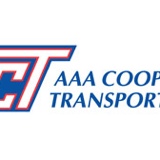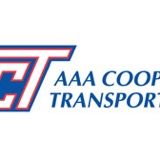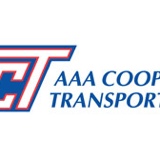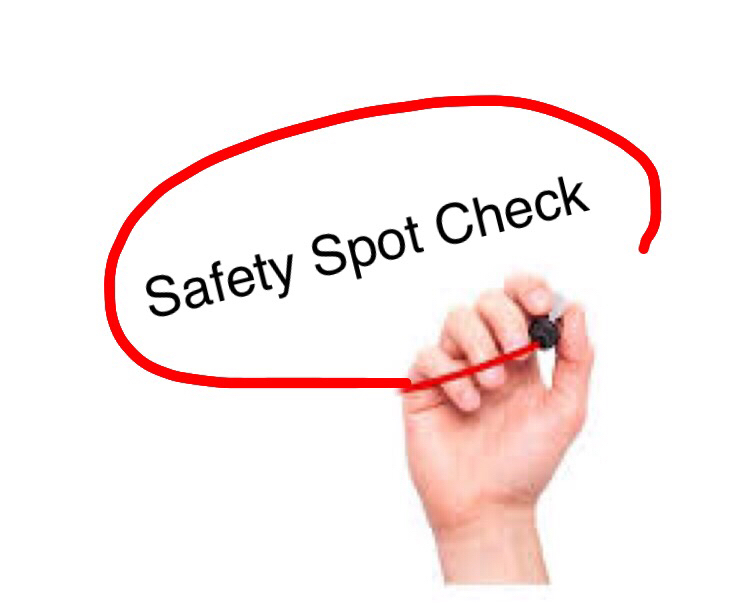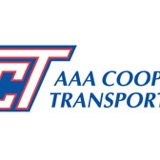Information
-
Associate Name:
-
People Soft #:
-
Shift:
- 1st Shift
- 2nd Shift
- 3rd Shift
- 4th shift
-
Conducted on
-
Prepared by
-
Location
-
MHE type:
- Stand-Up
- 3-Wheel Forklif
- 4-Wheel Forklift
- Order Picker
- Turret Truck
- Reach Truck
- Pallet Jack
- Scissor Lift
- Hand Jack
- Sweeper & Scrubbers
-
Before attempting to lift any object it is a good idea to warm-up your muscles. Perform some simple stretches beforehand to reduce the risk of injury.
-
1. Stand directly in front of the item you wish to lift.
-
2. Check if the item has handles which you could use.
-
3. Know where you taking the object before you begin.
-
4. Position your feet evenly (Shoulder width apart)
-
5. Keep your back straight and stand up tall.
-
6. Tighten your stomach muscles.
-
7. Squat to the floor by bending your knees- DO NOT move your upper body.
-
8. Take hold of the object firmly with both hands.
-
9. Distribute the weight evenly- make sure you are not unbalance.
-
10. Keeping the object close to your body, begin to stand up by straightening your legs (This will use your leg muscles and shouldn't put strain on other areas)
-
11. Stand up slowly. Do not move quickly or jerk when doing this.
-
12. You can now walk with the object (But be careful not to twist your body unnecessary) Take small steps if possible.
-
13. If you are carrying a large object which restricts your view, ask if someone can guide you. This will prevent you from tripping or bumping into objects.
-
14. When placing the item down, bend your legs.
-
15. Remember to keep your back straight as you bend down again.
-
16. Be careful to lower each side of the object to the floor separately- this will avoid trapping your fingers under the weight.
-
Skill in Methods
-
Effort Level
-
Time Utilization
-
Performance Estimate.
-
1. Convey Positive Intent.
-
2. Describe behaviors and actions observed.
-
3. State impacted of desired coachable behavior (s).
-
4. Ask associate to respond.
-
5. Focus discussion on solution.
-
Associate Signature:
-
Supervisor Signature:






